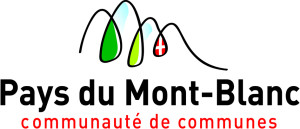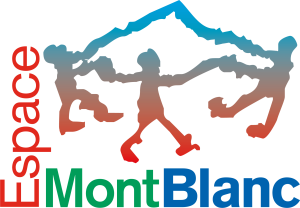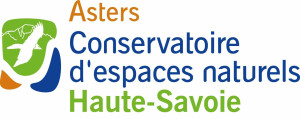Accompany the first steps of a common frog
The common frog (Rana temporaria) is a common species of amphibian found on the plains as well as on mountain tops (up to 2800m altitude). It is considered an indicator species for ongoing climate change as its distribution, physiology and phenology are very directly linked to climate (temperature and snow cover). Earlier snow clearance allows frogs to lay eggs earlier, and therefore tadpoles to have more time to complete their development cycle. Conversely, summer droughts sometimes dry up the ponds and thus affect the survival of the tadpoles. Indeed, until stage 4 (tadpole with back legs), tadpoles are dependent on water for their survival. If the ponds dry up before this date, the survival of the tadpoles is threatened.
The scientific questions are: What have been the shifts in laying dates up to now? Are these shifts the same for all altitudes? How can we predict these shifts in the future? What are the consequences of earlier egg-laying and more and earlier drying out on the survival of the species? the distribution of the species?
The From Spawn to Frog programme started in 2009 in the Chamonix-Mont-Blanc valley, with a small number of ponds monitored by CREA Mont-Blanc and a network of volunteers. In order to answer the above questions, it was necessary to diversify the pond configurations (altitude, slope, massif) and therefore to extend the pond network. INRAE (CARRTEL laboratory), FNE Haute-Savoie and CREA Mont-Blanc have joined forces to identify new ponds and bring together research questions. The observations concern the description of the pools, the development of the eggs into tadpoles and then into frogs, and thus extend from late winter to early summer.
Target audience
Region
Season
Implementation time
10 min per pond
Naturalist difficulty
- Novice
- Naturalist
Involvement
every observation, even occasional, counts
Species concerned
Access to study site
Equipment
smartphone (photo)
The protocol
1 Identify
Before you leave, locate the pond(s) of your choice on the map so that you know which route to take to get there. If necessary, you can print out the pond spot page including the map and take it with you into the field. You should also check that the weather and snow conditions are favourable for this outing.
In the field, if you are using SPOT on your smartphone, geolocate yourself from the map on the Contribute page to easily find the ponds.
2 Observe
Once you have arrived, take the time to walk around the pond to get an overview and complete the information requested. You can start by :
- observing the most advanced stage of the tadpoles present (from egg to frog, if necessary refer to the description sheet available in the toolbox),
- if there are eggs, count how many there are,
- note the possible drying up of the pond, etc.
Consult your field monitoring sheet or the spot form to make sure you don't forget anything.
3 Send
Go to the "Contribute" page !










